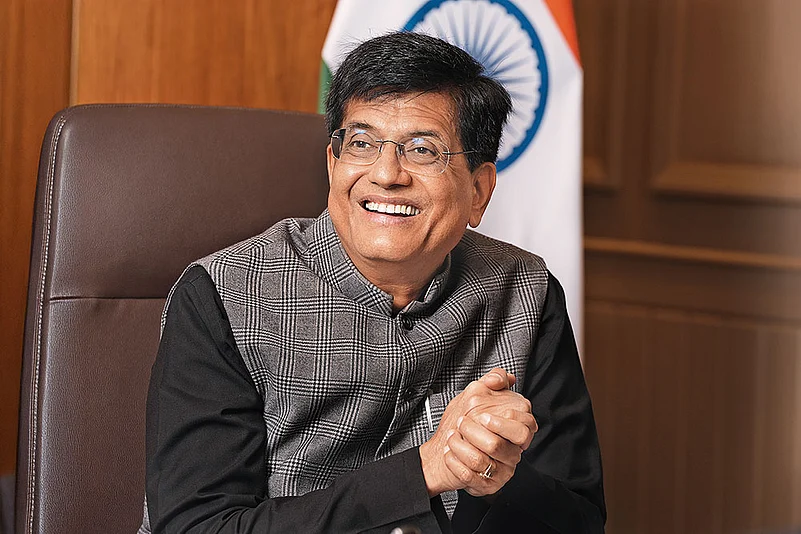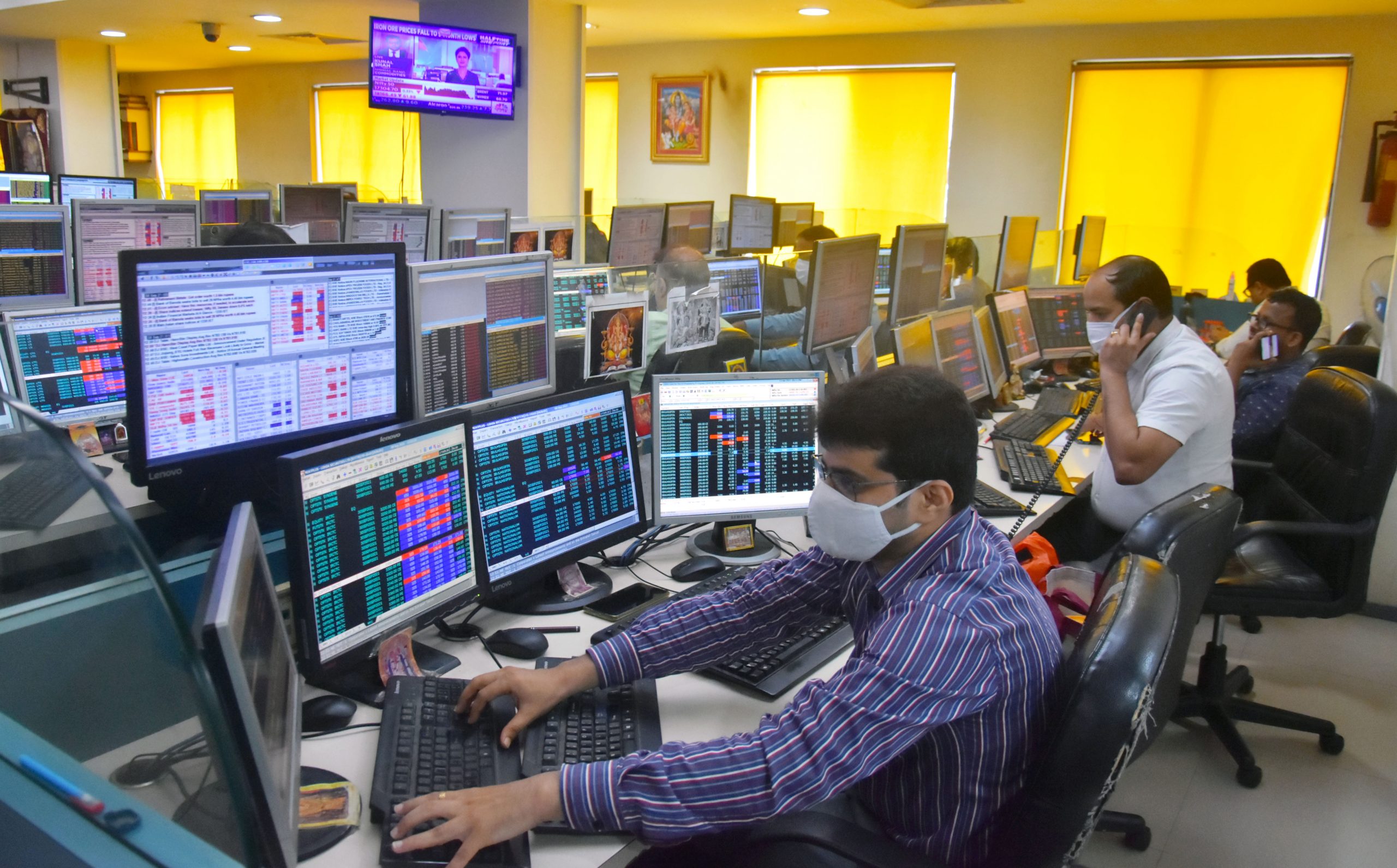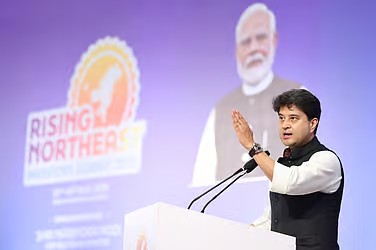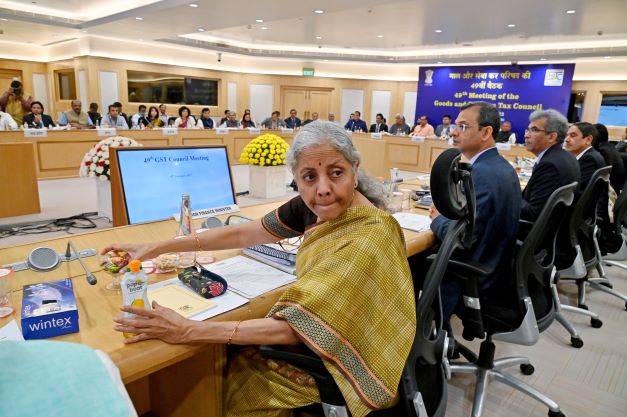“I expect Indian economy to grow 10.5 per cent or higher in FY22,” says official
Our Bureau
Washington, DC/New Delhi
A recent report of the International Monetary Fund (IMF) has brought a new ray of hope to India’s economy. It has projected real gross domestic product (GDP) growth rate for India at 9.5% and 8.5% in 2021-22 and 2022-23 respectively. If it turns out to be true, we will register the highest rate of growth among the world’s major economies. Our economy is expected to stay the fastest-growing till 2026.
The IMF noted that the strength of the recovery projected varies significantly across countries, depending on access to medical interventions, effectiveness of policy support, exposure to cross-country spillovers and structural characteristics entering the covid crisis. This means that India needs to keep up its vaccination drive and ensure that it reaches a critical mass sooner than later. Economic recovery is directly related to a country’s response to the pandemic.
The sign has been confirmed by top government officials. Indian economy is expected to grow 10.5 per cent or more in the current fiscal, Niti Aayog vice chairman Rajiv Kumar said on Thursday. Speaking at a virtual conference of PAFI India, he also said that modernization of the retail sector is very much on the cards. “India Purchasing Managers’ Index (PMI) for both manufacturing and services have shown a very smart uptick last month. This (Indian economy) will strengthen even further,” he said.
“I expect Indian economy to grow 10.5 per cent or higher in FY22,” he noted.
The country’s economy grew by a record 20.1 per cent in the April-June quarter, helped by a very weak base of last year and a sharp rebound in the manufacturing and services sectors in spite of the devastating second Covid wave.
The Reserve Bank of India (RBI) has lowered the growth projection for the current financial year to 9.5 per cent from 10.5 per cent estimated earlier while the IMF has projected a growth of 9.5 per cent in 2021 and 8.5 per cent in the next year.
Replying to a question, Kumar said reasons for the slump in two-wheeler sales might be due to the transition from internal combustion engine scooters and bikes to electric bikes and scooters.
Noting that exports create jobs, he said, “we need to double our share of global trade… and for that we might need better market access”.
According to experts, the affirmations on growth are discernible from some high frequency indicators as well: Mobility around retail and recreation, and workplaces has recovered quickly after the COVID-19 second wave subsided, and is only a tad lower than pre-COVID-19 levels. “GST collections have also rebounded strongly, reflecting the uptick in consumption demand, and are 12.5 percent higher during H1 FY22 vis-à-vis pre-COVID-19 (H1 FY20) levels,” said an official. “Other indicators such as auto sales, consumer and capital goods output, cement production, steel consumption, and freight traffic have seen strong sequential recoveries though they continue to remain below their pre-COVID-19 levels.”
Experts agree that exports appear to be a bright spot, having grown by 56.9 percent YoY during H1 FY22 and 23.8 percent over H1 FY20 levels. However, this impressive nominal export growth must be interpreted with caution as it has a very strong underlying price element to it. As per the World Bank, global energy and non-energy prices have averaged 104.4 percent and 38.8 percent higher during April-September as compared to year ago levels (this is why India’s imports have also grown quite rapidly, rising 82.3 percent YoY during H1 FY22).
Besides, strong export demand has also been supported by the materialization of pent-up demand across major economies aided by supportive fiscal policies — these effects are likely to fade going forward. We will still need a lot more evidence to believe that the pandemic has led to a rise in global import elasticity of demand (for India’s exports), and that exports could support domestic growth in a meaningful manner in the medium term.
According to observers, an interesting point that the IMF has raised is the need to focus on scientific research for productivity growth. Many countries ignore scientific research on specific ways to achieve this. This is especially so in developing countries that need such inputs all the more.
























